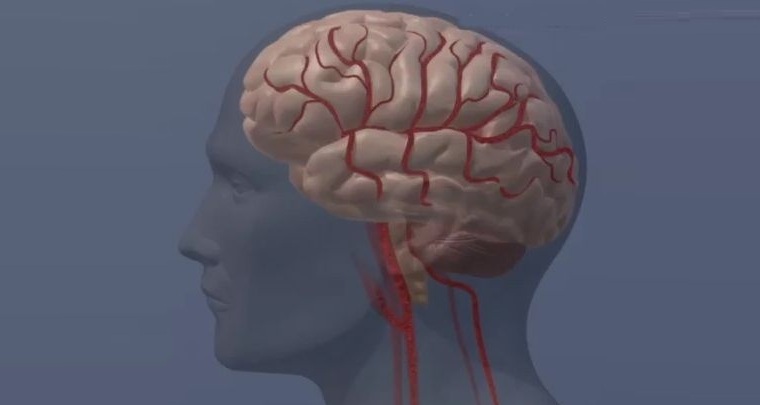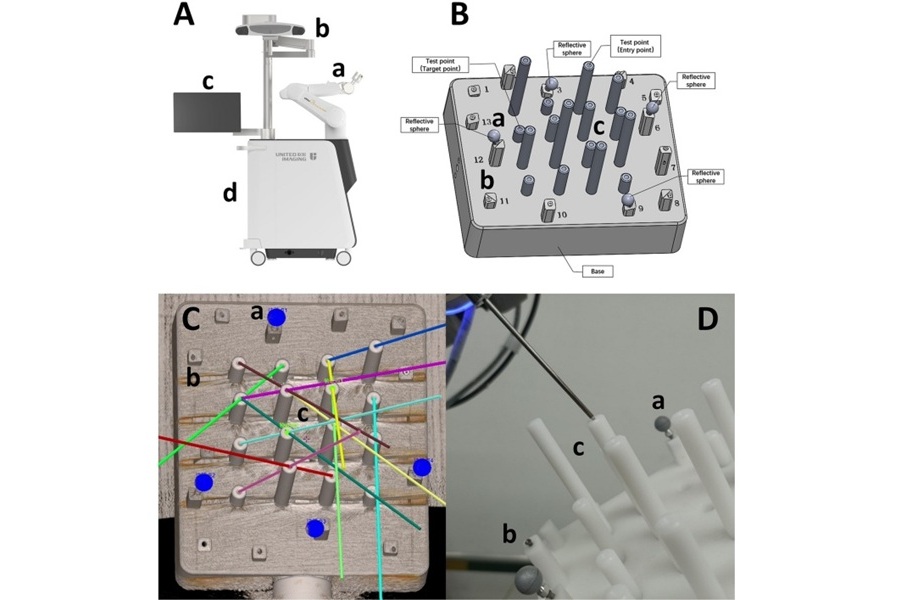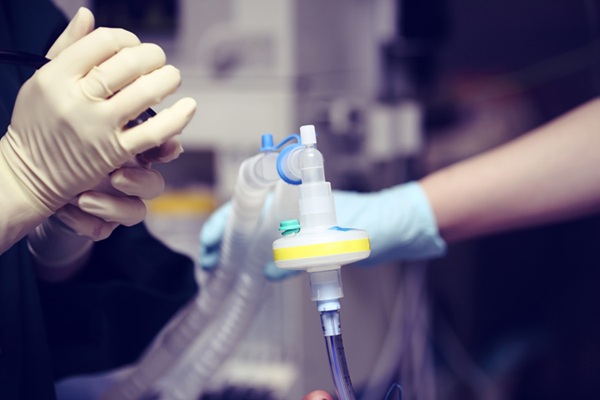Flying Insects in Hospitals Can Spread Infections
|
By HospiMedica International staff writers Posted on 16 Jul 2019 |
A new study suggests that flying insects, especially flies, present a potential to spread antimicrobial-resistant pathogenic bacteria in the hospital environment.
Researchers at Aston University (Birmingham, United Kingdom) collected flying insects in seven hospitals in the United Kingdom used ultraviolet-light flytraps, electronic fly killers, and sticky traps. In all, 19,937 individual insects were collected between March 2010 and August 2011, with flies (Diptera) being the most abundant (at 73.6%), followed by aphids (Hemiptera, 13.9%), ants (Hymenoptera, 4.7%), as well as wasps, bees, and moths.
The researchers characterized the associated culturome of Diptera, including the antibiotic resistance profile of the bacterial isolates; in all, 82 bacterial strains were identified, including Enterobacteriaceae (42%), Bacillus (24%), Staphylococcus (19%), Clostridium (6%), Streptococcus (5%), and Micrococcus (2%); 68 strains were characterized by antibiotic resistance profile, with 52.9% resistant to at least one class of antibiotic. Staphylococcus represented the highest proportion of resistant strains (83.3%), followed by Bacillus (60%) and Enterobacteriaceae (31.3%). The study was published on June 21, 2019, in the Journal of Medical Entomology.
“A variety of flying insects collected from UK hospitals do indeed harbor pathogenic bacteria of different species. In some cases, the level of bacteria carried by insects was enough to potentially cause infection in humans,” said lead author Federica Boiocchi, MSc. “What's quite interesting, though, is the high proportion of drug-resistant bacteria found in these samples. It's a vivid reminder of how our overuse of antibiotics in health care settings is making infections more difficult to treat.”
“The insects were collected from a number of areas of the hospitals, including those where food for patients, visitors, and staff was prepared or stored, as well as wards, neonatal units, and maternity units. The highest numbers of insects were collected in the spring and summer,” concluded senior author Professor Anthony Hilton, PhD. “What we are saying in this paper is that even in the cleanest of environments, it's important to take steps to prevent bacteria being brought into hospitals by insects.”
The Diptera species includes houseflies, bluebottles, drain flies, and mosquitoes. The link between flying insects in hospitals and hospital-acquired infections is not yet fully understood, but certain insects are known to spread bacteria attached to their legs or in their feces. And even when the number of bacteria on insects is not enough to cause an infection directly, they can still act as a reservoir of pathogenic bacteria. When a fly lands on a surface rich in nutrients for bacterial growth, even if only a few bacteria are delivered, it is a matter of hours before the cells multiply to sufficient level to be able to cause an infection.
Related Links:
Aston University
Researchers at Aston University (Birmingham, United Kingdom) collected flying insects in seven hospitals in the United Kingdom used ultraviolet-light flytraps, electronic fly killers, and sticky traps. In all, 19,937 individual insects were collected between March 2010 and August 2011, with flies (Diptera) being the most abundant (at 73.6%), followed by aphids (Hemiptera, 13.9%), ants (Hymenoptera, 4.7%), as well as wasps, bees, and moths.
The researchers characterized the associated culturome of Diptera, including the antibiotic resistance profile of the bacterial isolates; in all, 82 bacterial strains were identified, including Enterobacteriaceae (42%), Bacillus (24%), Staphylococcus (19%), Clostridium (6%), Streptococcus (5%), and Micrococcus (2%); 68 strains were characterized by antibiotic resistance profile, with 52.9% resistant to at least one class of antibiotic. Staphylococcus represented the highest proportion of resistant strains (83.3%), followed by Bacillus (60%) and Enterobacteriaceae (31.3%). The study was published on June 21, 2019, in the Journal of Medical Entomology.
“A variety of flying insects collected from UK hospitals do indeed harbor pathogenic bacteria of different species. In some cases, the level of bacteria carried by insects was enough to potentially cause infection in humans,” said lead author Federica Boiocchi, MSc. “What's quite interesting, though, is the high proportion of drug-resistant bacteria found in these samples. It's a vivid reminder of how our overuse of antibiotics in health care settings is making infections more difficult to treat.”
“The insects were collected from a number of areas of the hospitals, including those where food for patients, visitors, and staff was prepared or stored, as well as wards, neonatal units, and maternity units. The highest numbers of insects were collected in the spring and summer,” concluded senior author Professor Anthony Hilton, PhD. “What we are saying in this paper is that even in the cleanest of environments, it's important to take steps to prevent bacteria being brought into hospitals by insects.”
The Diptera species includes houseflies, bluebottles, drain flies, and mosquitoes. The link between flying insects in hospitals and hospital-acquired infections is not yet fully understood, but certain insects are known to spread bacteria attached to their legs or in their feces. And even when the number of bacteria on insects is not enough to cause an infection directly, they can still act as a reservoir of pathogenic bacteria. When a fly lands on a surface rich in nutrients for bacterial growth, even if only a few bacteria are delivered, it is a matter of hours before the cells multiply to sufficient level to be able to cause an infection.
Related Links:
Aston University
Latest Critical Care News
- Earlier Blood Transfusion Could Reduce Heart Failure and Arrhythmia in Heart Disease Patients
- 'Smart' Shirt Detects Epileptic Seizures in Real Time
- Skin Patch Measures Effectiveness of Flu/COVID Vaccines in 10 Minutes
- Complete Revascularization Reduces Risk of Death from Cardiovascular Causes
- Tiny Fish-Inspired Robots Navigate Through Body to Deliver Targeted Drug Therapy
- Coronary Artery Stenosis Could Protect Patients from Pulmonary Embolism Effects
- Sweat-Powered Sticker Turns Drinking Cup into Health Sensor
- Skin-Mounted 3D Microfluidic Device Analyzes Sweat for Real-Time Health Assessment
- New Therapeutic Brain Implants to Eliminate Need for Surgery
- Stem Cell Patch Gently Heals Damaged Hearts Without Open-Heart Surgery
- Biomaterial Vaccines to Make Implanted Orthopedic Devices Safer
- Deep Learning Model Predicts Sepsis Patients Likely to Benefit from Steroid Treatment
- Programmable Drug-Delivery Patch Promotes Healing and Regrowth After Heart Attack
- Breakthrough Ultrasound Technology Measures Blood Viscosity in Real Time
- Magnetically Activated Microscopic Robotic Swarms Could Deliver Medicine Inside Body
- Frequent ECG Use Can Identify Young People at Risk of Cardiac Arrest
Channels
Surgical Techniques
view channel
Ablation Reduces Stroke Risk Associated with Atrial Fibrillation
Atrial fibrillation (AFib) greatly increases the risk of stroke, blood clots, heart failure, and death, and millions of people in the U.S. are expected to be affected in the coming years.... Read more
Optical Tracking Method Identifies Target Areas in Robot-Assisted Neurosurgery
Epilepsy occurs when nerve cells misfire and produce uncontrolled electrical bursts in the brain, leading to seizures. While most patients respond to medication, about 30% require more advanced intervention.... Read morePatient Care
view channel
Revolutionary Automatic IV-Line Flushing Device to Enhance Infusion Care
More than 80% of in-hospital patients receive intravenous (IV) therapy. Every dose of IV medicine delivered in a small volume (<250 mL) infusion bag should be followed by subsequent flushing to ensure... Read more
VR Training Tool Combats Contamination of Portable Medical Equipment
Healthcare-associated infections (HAIs) impact one in every 31 patients, cause nearly 100,000 deaths each year, and cost USD 28.4 billion in direct medical expenses. Notably, up to 75% of these infections... Read more
Portable Biosensor Platform to Reduce Hospital-Acquired Infections
Approximately 4 million patients in the European Union acquire healthcare-associated infections (HAIs) or nosocomial infections each year, with around 37,000 deaths directly resulting from these infections,... Read moreFirst-Of-Its-Kind Portable Germicidal Light Technology Disinfects High-Touch Clinical Surfaces in Seconds
Reducing healthcare-acquired infections (HAIs) remains a pressing issue within global healthcare systems. In the United States alone, 1.7 million patients contract HAIs annually, leading to approximately... Read moreHealth IT
view channel
Printable Molecule-Selective Nanoparticles Enable Mass Production of Wearable Biosensors
The future of medicine is likely to focus on the personalization of healthcare—understanding exactly what an individual requires and delivering the appropriate combination of nutrients, metabolites, and... Read moreBusiness
view channel
Philips and Masimo Partner to Advance Patient Monitoring Measurement Technologies
Royal Philips (Amsterdam, Netherlands) and Masimo (Irvine, California, USA) have renewed their multi-year strategic collaboration, combining Philips’ expertise in patient monitoring with Masimo’s noninvasive... Read more
B. Braun Acquires Digital Microsurgery Company True Digital Surgery
The high-end microsurgery market in neurosurgery, spine, and ENT is undergoing a significant transformation. Traditional analog microscopes are giving way to digital exoscopes, which provide improved visualization,... Read more
CMEF 2025 to Promote Holistic and High-Quality Development of Medical and Health Industry
The 92nd China International Medical Equipment Fair (CMEF 2025) Autumn Exhibition is scheduled to be held from September 26 to 29 at the China Import and Export Fair Complex (Canton Fair Complex) in Guangzhou.... Read more














